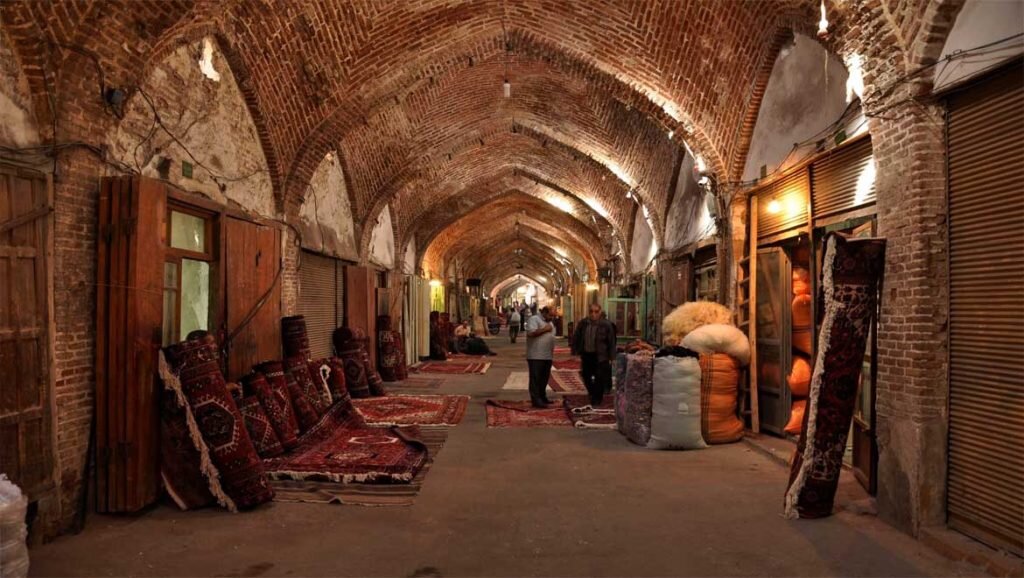Ancient bazaar of Ardabil undergoes partial restoration

TEHRAN – A covered passage of the Seljuk-era (1037–1194) bazaar of Ardabil, which is situated in northwest Iran, has undergone some rehabilitation works, a local tourism official has said.
The project involves flooring, repairing domes, and strengthening the entrance of the passage, Mohammadreza Shayeqi explained on Wednesday.
The project is scheduled to be completed within six months, the official added.
The historical bazaar of Ardabil was once an important trade center during the Safavid era (1501-1736). At that time, Ardabil had a special prestige and enjoyed a remarkable political, social, and cultural status.
Inscribed on the National Heritage list in 1985, the bazaar was extensively restored during the Qajar era (1789–1925).
In Iranian culture, bazaars have been traditional public spaces in Iranian cities with great contributions to commercial activities in urban life meanwhile their extended activities can be traced to social, cultural, political, and religious roles. People watching and even mingling with them in the bazaars is one of the best ways to take the pulse of the country. Bazaars have traditionally been major economic and social centers in any Iranian city.
Most mazes and passages offer certain commodities such as carpets, metalwork, toys, clothing, jewelry, kitchen appliances, traditional spices, herbal remedies, and natural perfumes. One can also bump into colorful grocery stores, bookbinders, blacksmiths, tinsmiths, coppersmiths, tobacconists, tailors, flag sellers, broadcloth sellers, carpenters, shoemakers, and knife-makers.
Several divided carpet sections across the bazaar enable visitors to watch or buy hand-woven Persian carpets and rugs with different knot densities and other features. From another point of view, bazaars are also synonyms for foods, with their unmissable colorful stalls of vegetables, herbs, and spices. Yet, most of these ingredients might be mysterious to a foreign eye.
Sprawling on a high, windswept plateau, whose altitude averages 3,000 meters above sea level, Ardabil is well-known for having lush natural beauties, hospitable people, and its silk and carpet trade tradition. The province is very cold in winter and mild in summer, attracting thousands every year. The capital city of Ardabil is usually recorded as one of the coldest cities in the country in winter.
ABU/AM
Leave a Comment